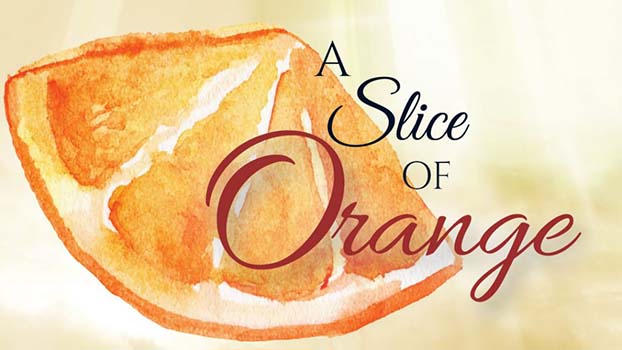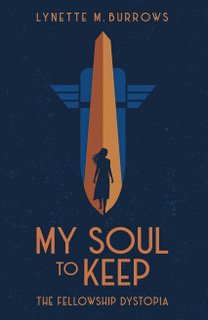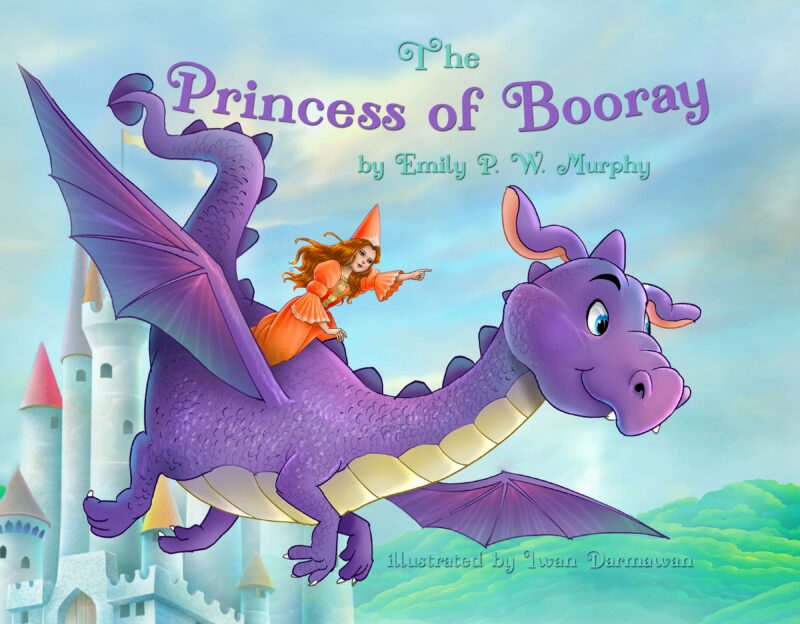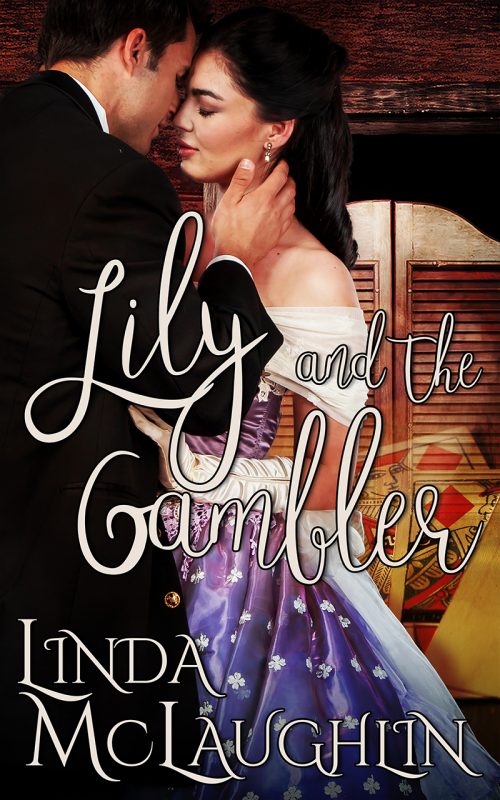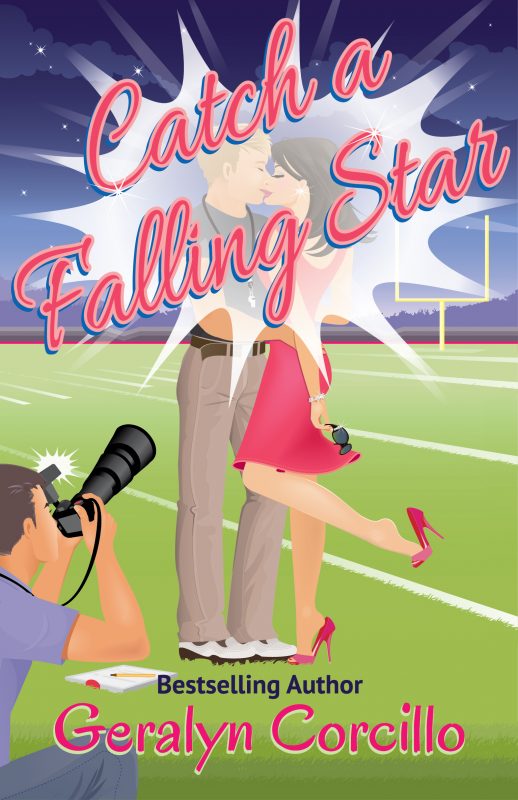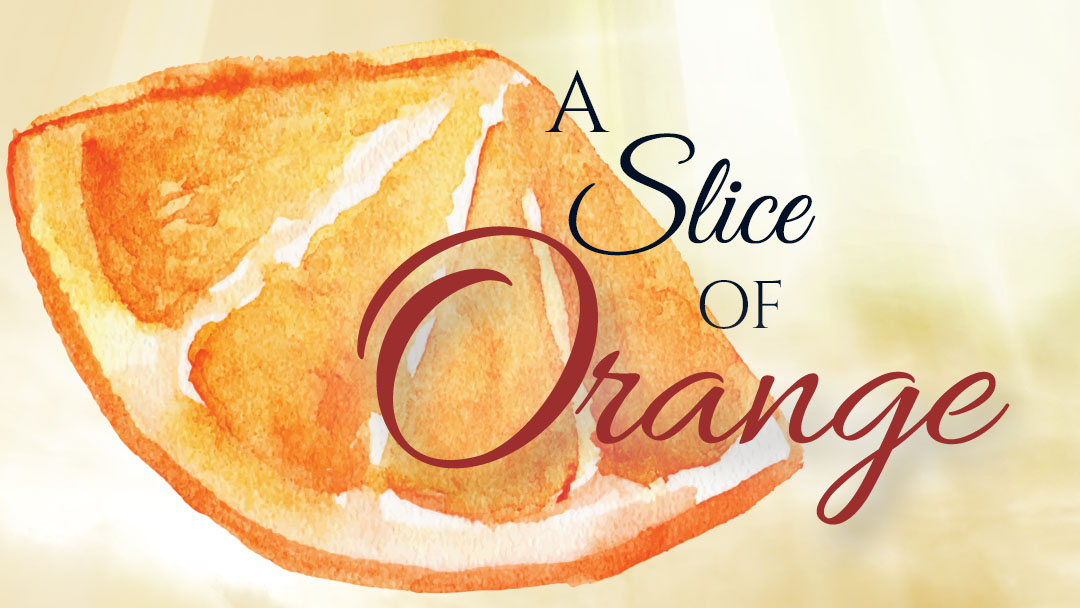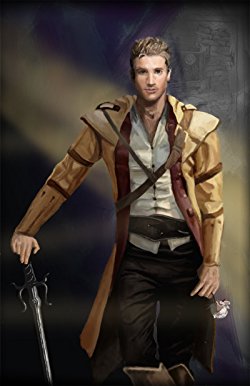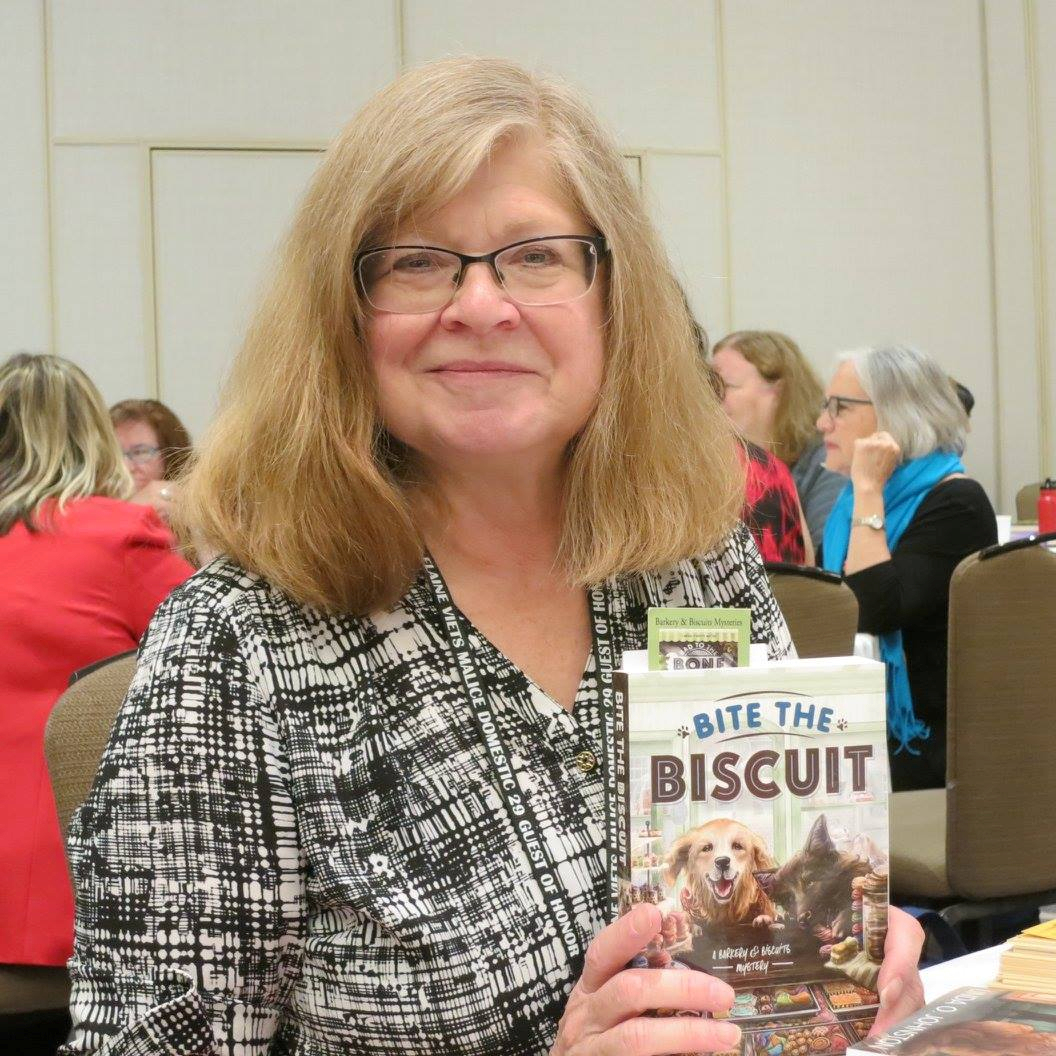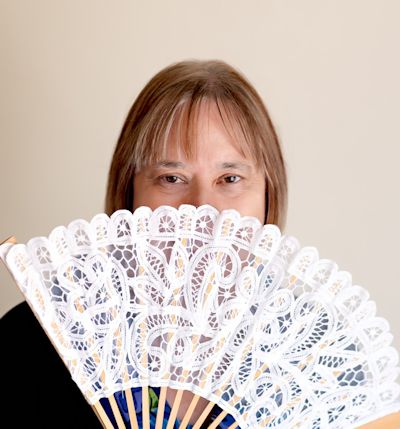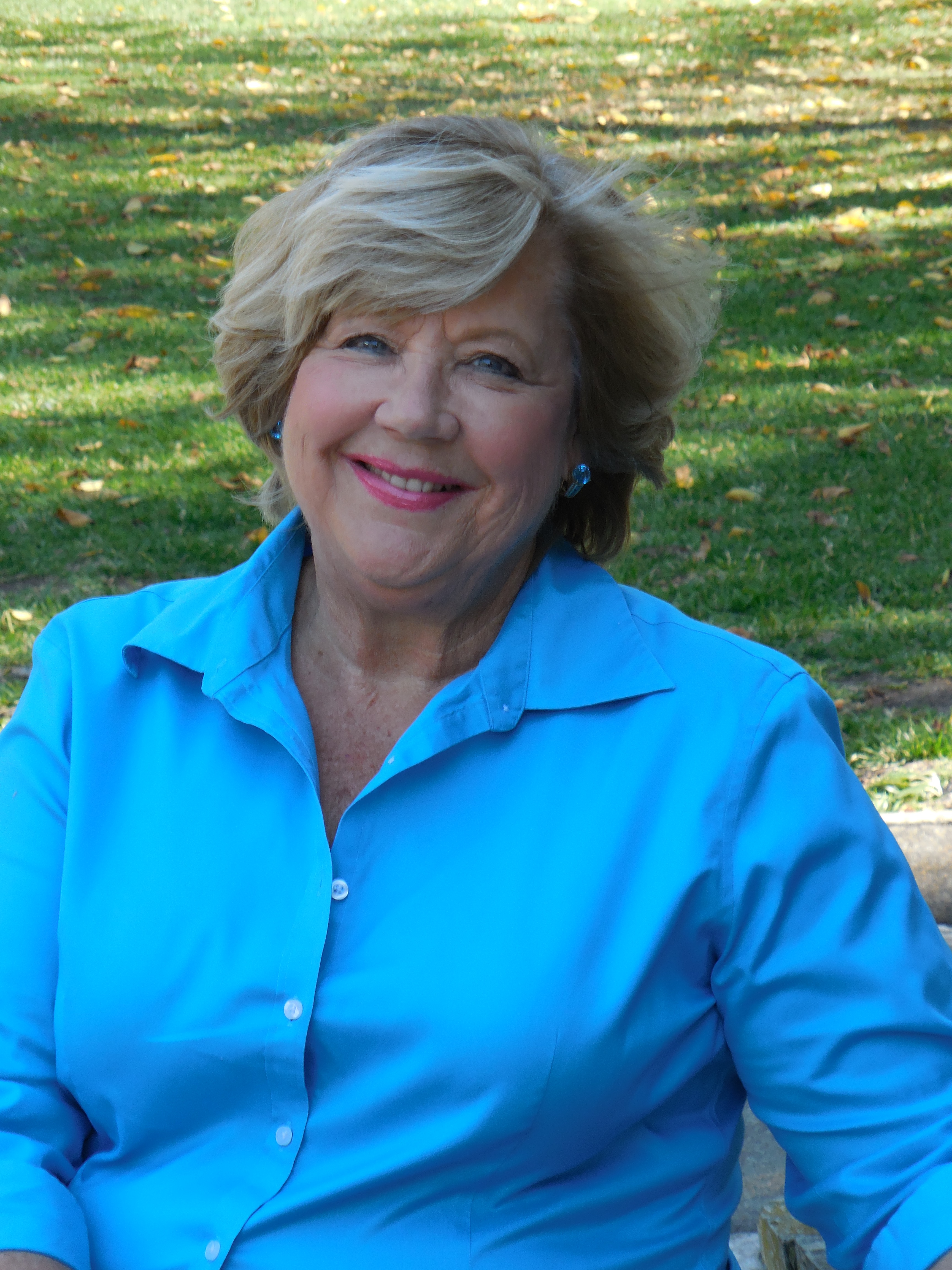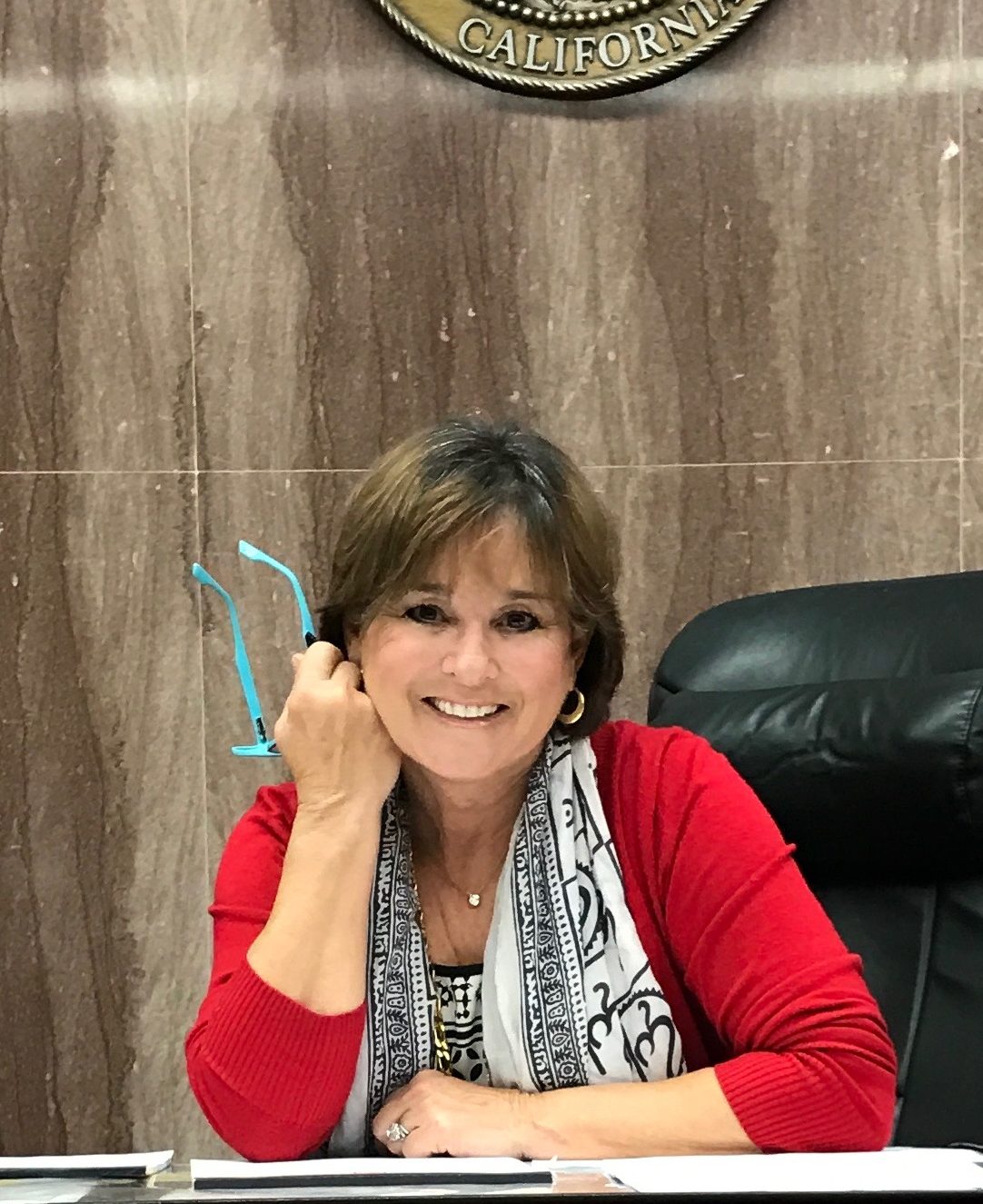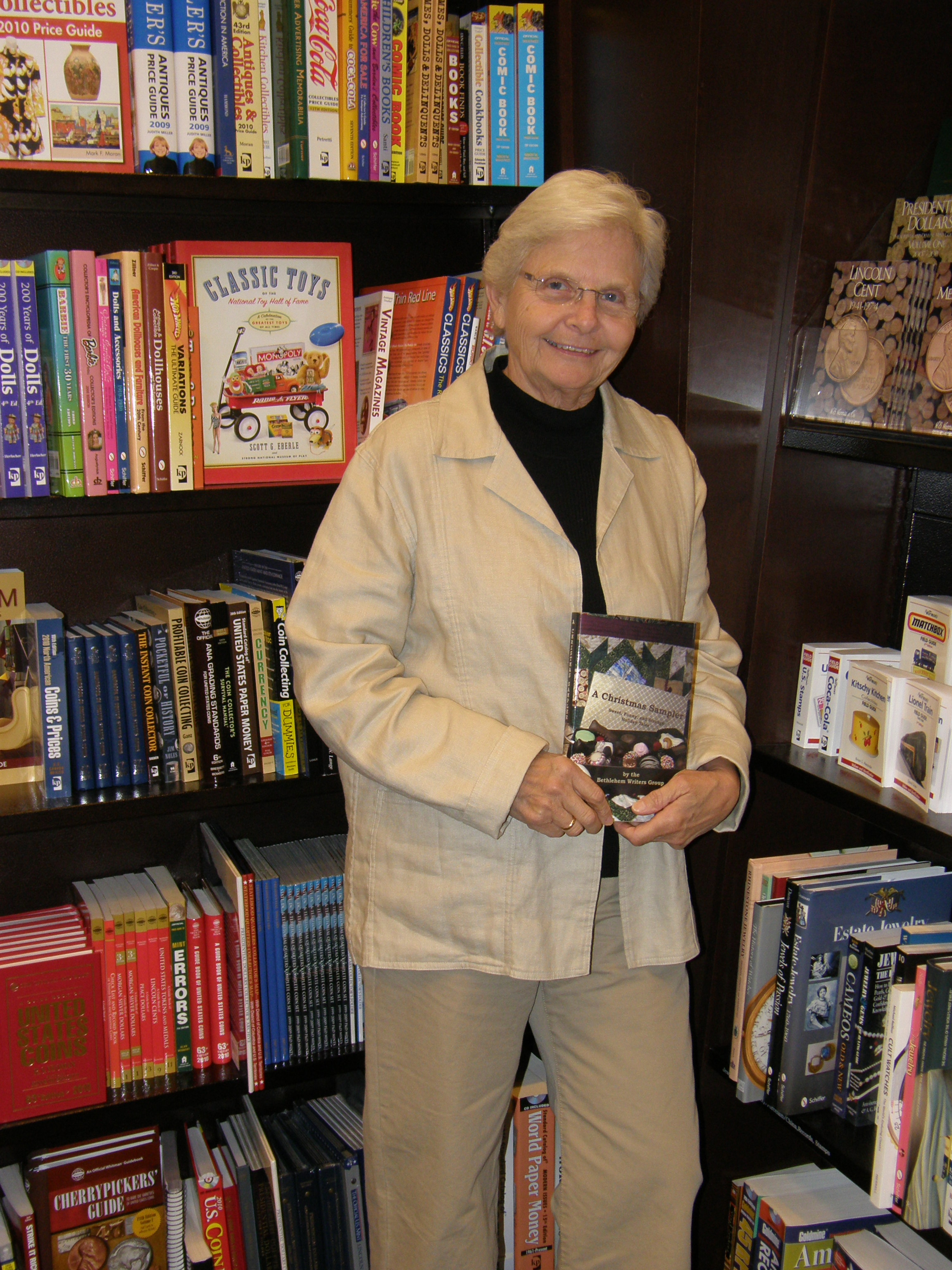Writing with Hollywood in Mind by Kitty Bucholtz
July 10, 2020 by Kitty Bucholtz in category It's Worth It by Kitty Bucholtz, Writing tagged as conferences, Hollywood, Kitty Bucholtz, learning, One-day Workshop, Online Classes, TeachingMy original plan this year before the pandemic was to host a live writers conference here in Malmö, Sweden, in October. I had speakers and everything all lined up – and then I had to cancel it all, of course.
But my main speaker, Jennifer Dornbush, was still excited to do some teaching with me, so we made a pivot in our plans and decided to host a 1-day virtual writers conference called Writing with Hollywood in Mind on July 25, 2020. To give people a taste of what the conference will be like, we are hosting two free webinars of the same name. The next one is Saturday, July 18. Click the link – I’d love to see you there!

Author Larry L. Deibert – a Time Traveling man!
July 2, 2020 by Jann Ryan in category Jann says . . ., Writing tagged as Author Interviews, Dogs!, Larry L. Deibert, Vietnam Larry Deibert has written fourteen books: Combat Boots dainty feet-Finding Love In Vietnam, The Christmas City Vampire, The Other Side Of The Ridge-Gettysburg, June 27th, 2013 to July 2nd, 1863, Family, Fathoms, From Darkness To Light, The Life Of Riley, Santa’s Day Jobs, Werewolves In The Christmas City, The Christmas City Angel, Witches Werewolves And Walter, The Other Side Of The Ridge, New York 1930, The Other Side Of The Ridge, New York City, September 10th and 11th, 2001, and A Christmas City Christmas, all published by Kindle Direct Publishing https://kdp.amazon.com/en_US/
Larry Deibert has written fourteen books: Combat Boots dainty feet-Finding Love In Vietnam, The Christmas City Vampire, The Other Side Of The Ridge-Gettysburg, June 27th, 2013 to July 2nd, 1863, Family, Fathoms, From Darkness To Light, The Life Of Riley, Santa’s Day Jobs, Werewolves In The Christmas City, The Christmas City Angel, Witches Werewolves And Walter, The Other Side Of The Ridge, New York 1930, The Other Side Of The Ridge, New York City, September 10th and 11th, 2001, and A Christmas City Christmas, all published by Kindle Direct Publishing https://kdp.amazon.com/en_US/
He is a Vietnam veteran and is the past president of the Lehigh Northampton Vietnam Veterans Memorial in Macungie, Pa. Larry retired from the U.S. Postal Service in 2008 after working as a letter carrier for over 21 years. He and his wife, Peggy, live in Hellertown, Pa., where he enjoys reading and writing.
Larry’s website is, www.larryldeibert.com.
You can contact Larry at larrydeibert@rcn.com. Signed copies may be purchased directly from the author.
We’re here today with Author Larry L. Deibert to talk about his Time Travel Trilogy, so let’s get started.
Jann: What is the premise of your Time Travel Trilogy, The Other Side Of The Ridge?
Larry: Initially I was only going to write one novella with the premise of a black man being captured by Confederates in 1863, but when I finished the book, I thought I had to have him move on and hopefully someday return to 2013.
Jann: Did you encounter any unique challenges when writing this Trilogy?
Larry: Yes, a writer friend of mine told me that I could not use two methods of time travel in the same story because it was against the rules. Time travel offers a great many challenges, and I had to do more research than usual to make sure I had things right.
Jann: Your main character, Dan Rodin, has some great adventures throughout this Series. What challenges does he have to overcome? Who is Dan Rodin?
Larry: Dan Rodin is a black retired Brigadier General in the United States Army and he is a Vietnam veteran. He has to adapt to the time periods he is sent to and in the first novella, he has to endure the taunts, physically and verbally about the color of his skin. He has to do his best to not make any changes to the historical time-line.
Jann: What has been the most rewarding part of having written this Trilogy?
Larry: I think being able to guide characters from 2013 to 1863 and then 1930 and 2001, and finally back to 2013 was extremely rewarding. I learned a lot about these times in the past and how 21st century characters could live and work in different eras.
Jann: Is Time Travel your favorite genre?
Larry: One of my favorites, along with horror and paranormal. Those genres just open up so many ideas and ways to scare my readers.
Jann:. What are you working on now? Can you tell us about your next project?
Larry: I’m getting ready to publish my third book in the trilogy, The Other Side Of The Ridge, New York City, September 10th and 11th, 2001. I finally got a copy of Requiem For A Vampire from my daughter, not having been able to find the manuscript disc. Now I have the challenge of looking at the book as I retype the novel. I wrote it 21 years ago and I was never completely happy with the characters and the story. I also am working on many short stories, both old and new and I want to put them all in a book someday.
Side Of The Ridge, New York City, September 10th and 11th, 2001. I finally got a copy of Requiem For A Vampire from my daughter, not having been able to find the manuscript disc. Now I have the challenge of looking at the book as I retype the novel. I wrote it 21 years ago and I was never completely happy with the characters and the story. I also am working on many short stories, both old and new and I want to put them all in a book someday.
Jann: Do you find yourself returning to certain themes in your stories? What? Why?
Larry: In every book I always try to include a Vietnam veteran and my late dog, Riley. I served in Vietnam and I loved my dog to death, and obviously beyond.
Jann: Do you have any writing rituals? Schedule?
Larry: No, since I don’t earn a living writing, I just write when the mood strikes me.
Jann: What Kind of writer are you? A page a day or a burst writer?
Larry: I would have to say I am a burst writer.
Jann: Are there any words of inspiration on your computer, in your office or in your mind when you write?
Larry: Not really. When I was writing Requiem For A Vampire, my family and I were in old town Williamsburg, Va. I happened to see a young woman who resembled my vampire. I took her picture and hung it on the wall above my computer.
Jann: What’s the best writing advice you ever received.? What’s the worst?
Larry: Keep writing; Quit writing.
Jann: Have you ever suffered writer’s block? If so, how did/do you get past it?
Larry: Yes, I think many writers go through that from time to time. When I get it really bad, like I did with writing my novel, Family, I just go to something else, but I still think about where I am stuck until I get an idea. It took almost 5 years to finish Family. I have been working on a murder mystery for over two years, having been stuck for at least a year. I think I need to reread what I have written so far and maybe something will come to me.
Jann: How do you stay motivated? What drives you to keep writing?
Larry: Sometimes I don’t think I’m really motivated, but my drive is when I get a story idea, I need to see it through to conclusion.
Jann: What are you dying to try next?
Larry: I’m very excited about working on my short stories and rewriting Requiem. I have submitted a story to my writer’s group for the annual anthology and I am hoping to see it published. I have never been in an anthology before. I also want to write book 2 of Combat Boots dainty feet-Finding Love in Vietnam. Originally it was titled 95 Bravo and it is a story about the Military Police. Book 2 will focus on the 716th MP Battalion and how they helped save Saigon during the Tet Offensive in 1968. I’ve been working on it on and off for about five or six years.
Jann: What’s the best thing about being an author?
Larry: Taking an idea and creating characters and settings in which to have that idea grow into a believable story. Greeting readers at various book signings and having them share their thoughts about my books. Selling books to virtual strangers is also pretty cool.
Jann: Thank you so much Larry for spending this time with us and sharing your life as a writer.
Books by Larry L. Deibert

Larry Deibert is a Vietnam veteran and is the past president of the Lehigh Northampton Vietnam Veterans Memorial in Macungie, Pa.
He retired from the U.S. Postal Service in 2008 after working as a letter carrier for over 21 years. He and his wife, Peggy, live in Hellertown, Pa., where he enjoys reading and writing.
Larry has written fourteen books and is currently working on a collection of his many short stories.
Larry’s website is, www.larryldeibert.com.
You can contact Larry at larrydeibert@rcn.com.
Signed copies of Larry’s books may be purchased directly from the author.
Tom Swifties and the Art of the Dialogue Tag
June 28, 2020 by Alina K. Field in category Quarter Days by Alina K. Field, Writing tagged as Dialogue Tags, Puns, Tom Swifties
One of the rules of contemporary fiction is that all words ending in -ly ought to be found in a Word search and banished.
Another rule is to avoid using substitutes for said: no murmurs, grunts, hisses, etc.
But it wasn’t always this way!
In what I always think of as the Golden Age of pulp fiction, an author might get away with a Tom Swifty. Though I have a degree in English and I’ve been to countless writing conferences, I only just learned this term from one of Anne R. Allen’s blog posts.
So what is a Tom Swifty?
In case you don’t have time to link to the Merriam-Webster article here’s the definition:
“A Tom Swifty is a play on words taking the form of a quotation ascribed to Tom and followed by an adverb.”
Or, as Wikipedia says, it’s
“a phrase in which a quoted sentence is linked by a pun to the manner in which it is attributed.”
Tom Swift

A “punny” guy
First published in 1910, the Tom Swift books spanned multiple series, and were written by Edward Stratemeyer and other authors under the pseudonym Victor Appleton. Stratemeyer was also the creator of the Hardy Boys, Bobbsey Twins, and Nancy Drew books.
I haven’t read Tom Swift, but I grew up with Nancy Drew. Wouldn’t it be wonderful to have as many successful book series as Edward Stratemeyer?
Another famous author of commercial fiction used this sort of “punny” literary device: Charles Dickens. Ah, the good old days when authors could have more fun.
Examples, please…
A whole book has been written on the subject, Tom Swifties, by Paul Pease and Bill McDonough. The few copies available start at $40 on Amazon!
But, the Wikipedia article on the subject has a long list of howlers like these:
- “I love hot dogs,” said Tom with relish.
- “I forgot what I needed at the store,” Tom said listlessly.
- “I have no flowers,” Tom said lackadaisically.
I could see these working in a humorous cozy mystery!
Do you have a favorite Tom Swifty? Share in the comments below!
7 0 Read moreWrite
June 20, 2020 by Meriam Wilhelm in category A Bit of Magic by Meriam Wilhelm, WritingI read this quote in Daily Inspirational Quotes the other day and it made me think…
Don’t write your name on the sand, waves will wash it away.
Don’t write your name in the sky, the wind may blow it away.
Write your name inside the hearts of people you come in touch with. That’s where it will stay.
Maybe that’s what we’re all hoping to do each time we write a blog, an article or a book. We hope that somehow our words might just touch the heart of someone new and lighten their load, spark a curiosity or bring a hint of laughter. But the words in this particular quote felt incomplete and left me wanting more, so I added my own line. Perhaps you’d like to add one too?
Here’s mine – Write down your thoughts in stories that inspire, intrigue, probe, caress or challenge – a subtle reminder that we’re all on the same road, searching for our own enlightened serenity.
0 0 Read moreCHOICES
June 19, 2020 by Jenny Jensen in category On writing . . . by Jenny Jensen, Writing tagged as inspiration, writing, writing craft
In the oceans of writing instruction and advice available to anyone with a search engine I look for everything publishers have to say about current trends. Since you can’t really access publisher’s marketing info — and certainly not Amazon’s sales data — that’s as close to the horse’s mouth as I can get to learn about sales trends. That’s info that helps me help my clients. One offering stands out about contemporary fiction: keep the narrative fast paced. This digital world of FX, Twitter, flash fiction, etc. has our brains wired for lightening fast action. There’s not a lot of room for ruminating on superfluous details of landscape, the nature of family bonds or the sounds of church bells. The story has to gallop from the starting gate to capture and compel a reader. I think we all get that. What’s interesting to me are the narrative techniques an author can use to set and maintain that just-right pace.
Voice and tense are formidable tools to heighten tension, move action and hook and hold the reader. I don’t know what goes into an author’s decisions about what tense and voice to use but I’ll venture to guess it most often comes organically. When a protagonist begins to take shape in the creative sphere of the brain the author hears 3rd Person or 1st Person (which is tricky to write but such fun to read when done well) and the story grows in the mind in the present or past tense. Past tense is most common in fiction (and has been for eons) and is almost always 3rd Person. Present tense is more commonly used with 1st P voice; it creates an immediacy and intimacy that’s very engaging.
I’d never given a thought to 3rd Person present tense. Then I discovered the who-dun-it series of British writer Bruce Beckham. He’s amazing! Set in Britain’s Lake District his detective, Skelgill, is an irresistible mixture of irascible, self-centered, scruffy, generous and intuitive. Every character is roundly drawn and intriguing, the setting is as integral a character as the murderer and the pace never lags. Beckham accomplishes all of this in 3rd Person (omniscient) voice, present tense. It’s an unusual combination but in the hands of this author it is riveting.
It’s how he uses this tool to set and maintain a perfect pace and to draw the reader so fully into his world that amazed me. Reading a narrative described to you by an unknown, unseen, non-judgmental voice as the action unfolds just shouldn’t work. But it does. It’s like having your eyes covered at the movies while a very erudite friend describes what is happening on-screen.
Beckham is a master wordsmith and so uses dialog to show characterization and plot points but the present tense and 3rd P voice puts the reader in a front row seat as the action scenes unfold before our eyes. I didn’t feel as though I was right there — I was right there.
A writer’s choice of voice and tense would have to be dependent, in some part, on the story they are telling. Not every tale will fit just any combination. But it is amazing what a powerful difference the choice can make.

JENNY JENSEN
jennyjenseneditor.com
With a BA in Anthropology and English I pursued a career in advertising and writing and segued into developmental editing. It was a great choice for me. I love the process of creating and am privileged to be part of that process for so many great voices — voices both seasoned and new.
I’ve worked on nearly 400 books over 25 years, books by noted authors published by New York houses as well as with Indie bestsellers and Amazon dynamos. From Air Force manuals and marketing materials to memoirs, thrillers, sci fi and romance, my services range from copyediting to developmental coaching.
Having worked in advertising and marketing, I am always cognizant of the marketplace in which the author’s work will be seen. I coach for content and style with that knowledge in mind in order to maximize sales and/or educational potential. My objective is to help the author’s material stand out from an ever more crowded and competitive field.
0 0 Read moreAffiliate Links
A Slice of Orange is an affiliate with some of the booksellers listed on this website, including Barnes & Nobel, Books A Million, iBooks, Kobo, and Smashwords. This means A Slice of Orange may earn a small advertising fee from sales made through the links used on this website. There are reminders of these affiliate links on the pages for individual books.
Search A Slice of Orange
Find a Column
Archives
Featured Books
MY SOUL TO KEEP
Miranda has three days until she must surrender control of her own life forever.
More info →
THE PRINCESS OF BOORAY
You would expect the life of a princess to be full of delight . . .
More info →HELLO SPAIN, GOODBYE HEART
Dayna hopes for a second chance at love . . . but . . .he wears a wedding band.
More info →CATCH A FALLING STAR
A TV star tells the paparazzi she's engaged to a high school football coach, but she doesn't tell him … because she barely even knows him.
More info →Newsletter
Contributing Authors
Search A Slice of Orange
Find a Column
Archives
Authors in the Bookstore
- A. E. Decker
- A. J. Scudiere
- A.J. Sidransky
- Abby Collette
- Alanna Lucus
- Albert Marrin
- Alice Duncan
- Alina K. Field
- Alison Green Myers
- Andi Lawrencovna
- Andrew C Raiford
- Angela Pryce
- Aviva Vaughn
- Barbara Ankrum
- Bethlehem Writers Group, LLC
- Carol L. Wright
- Celeste Barclay
- Christina Alexandra
- Christopher D. Ochs
- Claire Davon
- Claire Naden
- Courtnee Turner Hoyle
- Courtney Annicchiarico
- D. Lieber
- Daniel V. Meier Jr.
- Debra Dixon
- Debra H. Goldstein
- Debra Holland
- Dee Ann Palmer
- Denise M. Colby
- Diane Benefiel
- Diane Sismour
- Dianna Sinovic
- DT Krippene
- E.B. Dawson
- Emilie Dallaire
- Emily Brightwell
- Emily PW Murphy
- Fae Rowen
- Faith L. Justice
- Frances Amati
- Geralyn Corcillo
- Glynnis Campbell
- Greg Jolley
- H. O. Charles
- Jaclyn Roché
- Jacqueline Diamond
- Janet Lynn and Will Zeilinger
- Jaya Mehta
- Jeff Baird
- Jenna Barwin
- Jenne Kern
- Jennifer D. Bokal
- Jennifer Lyon
- Jerome W. McFadden
- Jill Piscitello
- Jina Bacarr
- Jo A. Hiestand
- Jodi Bogert
- Jolina Petersheim
- Jonathan Maberry
- Joy Allyson
- Judy Duarte
- Justin Murphy
- Justine Davis
- Kat Martin
- Kidd Wadsworth
- Kitty Bucholtz
- Kristy Tate
- Larry Deibert
- Larry Hamilton
- Laura Drake
- Laurie Stevens
- Leslie Knowles
- Li-Ying Lundquist
- Linda Carroll-Bradd
- Linda Lappin
- Linda McLaughlin
- Linda O. Johnston
- Lisa Preston
- Lolo Paige
- Loran Holt
- Lynette M. Burrows
- Lyssa Kay Adams
- Madeline Ash
- Margarita Engle
- Marguerite Quantaine
- Marianne H. Donley
- Mary Castillo
- Maureen Klovers
- Megan Haskell
- Melanie Waterbury
- Melisa Rivero
- Melissa Chambers
- Melodie Winawer
- Meriam Wilhelm
- Mikel J. Wilson
- Mindy Neff
- Monica McCabe
- Nancy Brashear
- Neetu Malik
- Nikki Prince
- Once Upon Anthologies
- Paula Gail Benson
- Penny Reid
- Peter Barbour
- Priscilla Oliveras
- R. H. Kohno
- Rachel Hailey
- Ralph Hieb
- Ramcy Diek
- Ransom Stephens
- Rebecca Forster
- Renae Wrich
- Roxy Matthews
- Ryder Hunte Clancy
- Sally Paradysz
- Sheila Colón-Bagley
- Simone de Muñoz
- Sophie Barnes
- Susan Kaye Quinn
- Susan Lynn Meyer
- Susan Squires
- T. D. Fox
- Tara C. Allred
- Tara Lain
- Tari Lynn Jewett
- Terri Osburn
- Tracy Reed
- Vera Jane Cook
- Vicki Crum
- Writing Something Romantic
Affiliate Links
A Slice of Orange is an affiliate with some of the booksellers listed on this website, including Barnes & Nobel, Books A Million, iBooks, Kobo, and Smashwords. This means A Slice of Orange may earn a small advertising fee from sales made through the links used on this website. There are reminders of these affiliate links on the pages for individual books.
